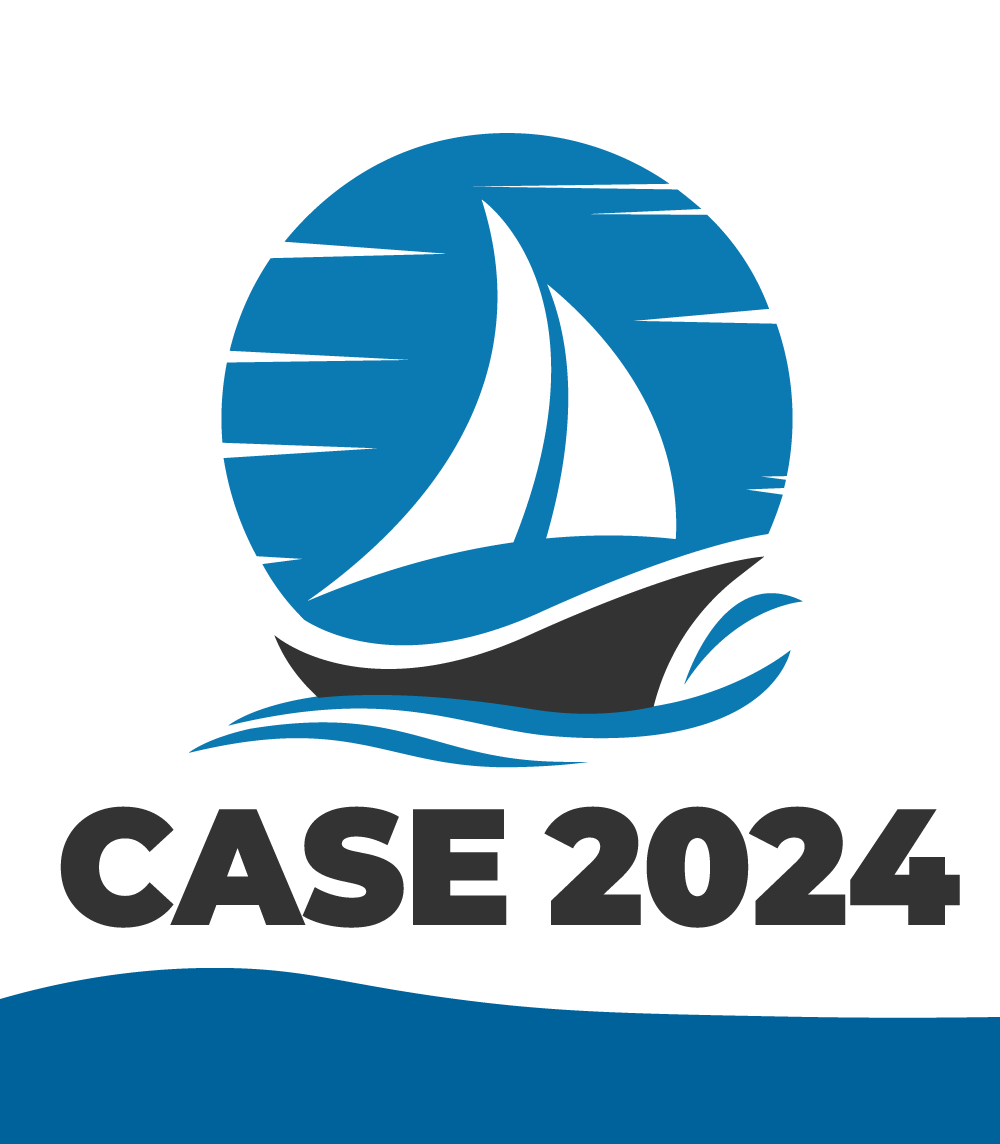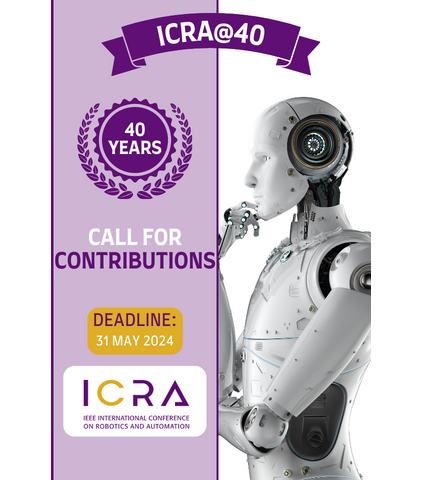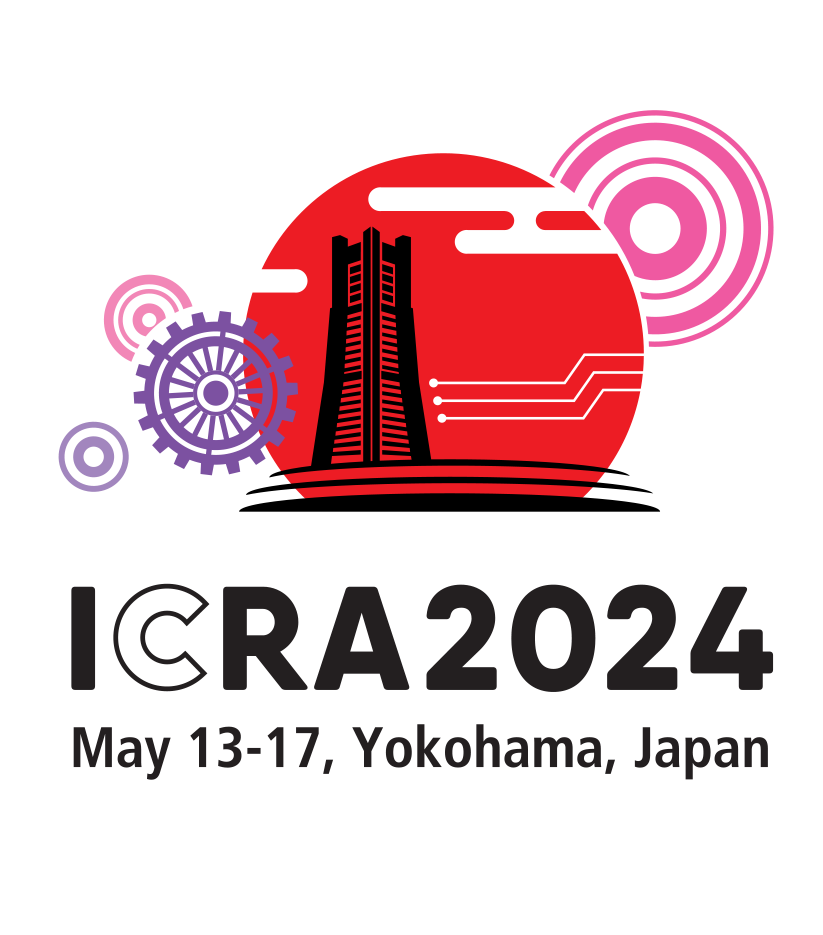IEEE Transactions on Medical Robotics & Bionics
The IEEE Transactions on Medical Robotics and Bionics (T-MRB) is published under the joint sponsorship of
 IEEE Robotics & Automation Society
IEEE Robotics & Automation Society
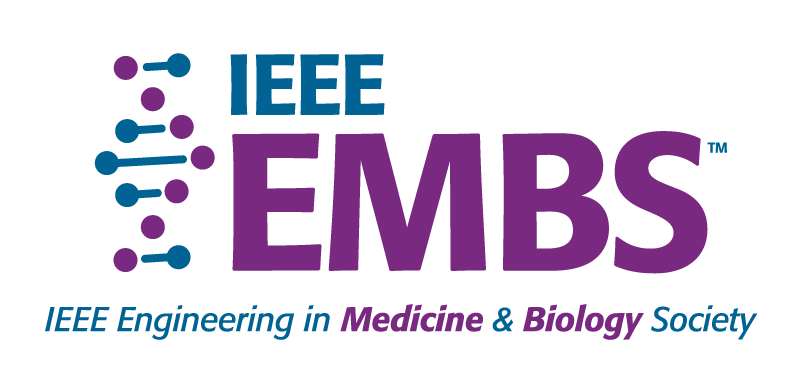 IEEE Engineering in Medicine and Biology Society
IEEE Engineering in Medicine and Biology Society
T-MRB Special Section on BioRob 2024
IEEE T-MRB has a long-lasting solid connection with the IEEE International Conference on Biomedical Robotics and Biomechatronics (BioRob), as both of them are successfully sponsored by IEEE RAS and EMBS. The 10th edition of this conference will be held on 1-4 September 2024 in Heidelberg (Germany) (https://www.biorob2024.org/home/). The call for papers can be found here: https://www.biorob2024.org/call-for-papers/ (Deadline for submissions: January 20, 2024). The best papers submitted to BioRob 2024 will be invited for publication in a Special Section of the IEEE TMRB. At the end of the review process, if selected, the corresponding authors of those papers will receive a direct invitation from the IEEE TMRB Editorial Board to submit the papers, with no modifications, to the journal. If the authors accept, their contributions will be published in the IEEE TMRB special issue instead of the BioRob proceedings, but still have the opportunity to present their work at the BioRob 2024 Conference. We strongly encourage all authors in the fields of biorobotics and bionics to submit contributions to this exciting event.
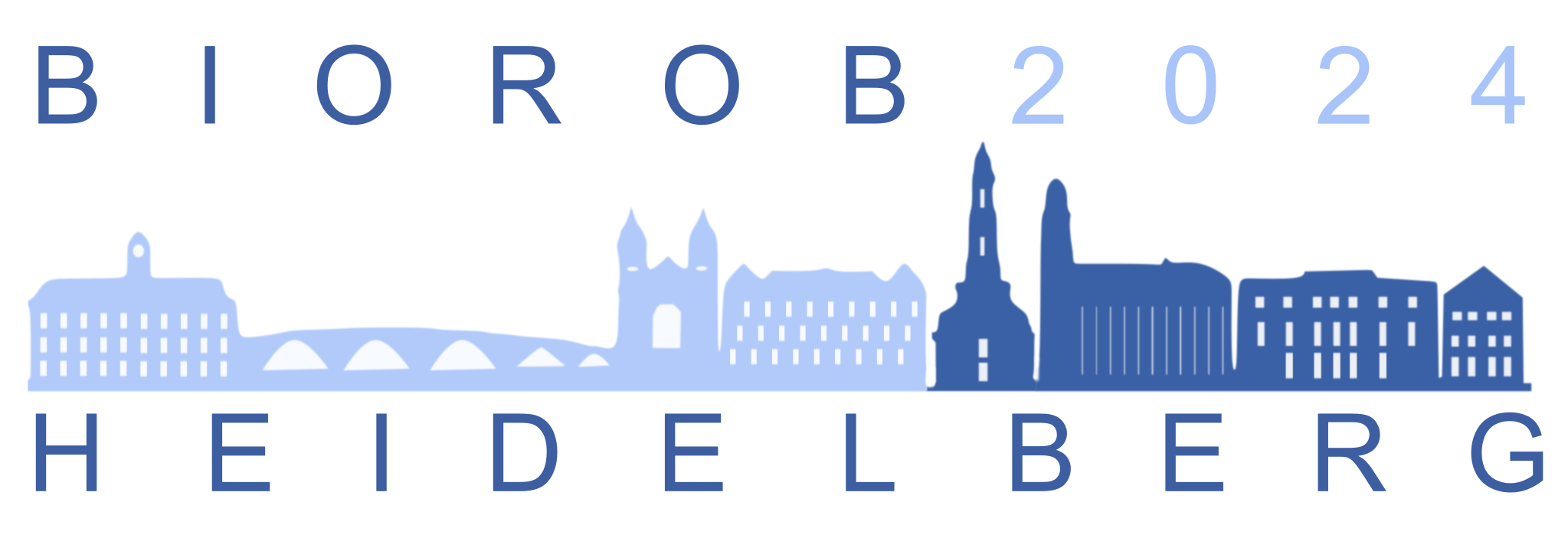
Impact Factor: 3.7
AIMS AND SCOPE
The IEEE Transactions on Medical Robotics and Bionics (T-MRB) is a quarterly Green Open Access (see details in Information for Authors) multi-disciplinary journal aimed at publishing peer-reviewed papers and focused on innovative research ideas and medical application results, reporting significant theoretical findings and application case studies in the areas of medical robotics and bionics.
The IEEE T-MRB publishes non-incremental results on innovative systems able to support prevention, diagnosis or treatment of human diseases. Such systems can be based on robotics and automation technology-related paradigms (e.g. surgical robots, devices for physical and cognitive rehabilitation, supporting systems for independent living, etc.) on bionics paradigms (e.g. medical systems which mimic living organisms or technologies that intimately interact with the human body), or the combinations of them, e.g. robotic artificial organs and other active implantable devices featuring direct interfaces to the human body. In addition, T-MRB promotes works investigating mechanisms and principles observed in nature in order to unravel scientific issues, and to exploit them to develop innovative bionic technologies for medical applications.
Main journal topic include:
- Surgical Robotics;
- Rehabilitation and Assistive Robotics;
- Bionic Prostheses;
- Sensory Substitution;
- Artificial/Bioartificial Bionic Organs;
- Medical Biomimetic Technologies.
The journal also welcomes survey and commentary papers providing: critical, systematic review of research areas and trends within its scope; evidence-based studies on early clinical validation of robotic or bionic technologies, and contributions on ethical, social, economic, and organizational aspects concerning robotics and/or bionic solutions for medical and healthcare applications.
Submissions are OPEN!
We invite authors to submit their manuscripts via ScholarOne Manuscripts at the following link: https://mc.manuscriptcentral.com/tmrb-ieee.
Detailed information about T-MRB is available online at http://www.ieee-tmrb.org/new/
PAST ISSUES
2023 (Volume 5)
- Volume 5, Issue 1 (February 2023)
- Volume 5, Issue 2 (May 2023)
- Volume 5, Issue 3 (August 2023) Includes a Special Section on Sensors for Physical Interaction and Perception in Minimally Invasive Robotic Surgery
- Volume 5, Issue 4 (November 2023)
2022 (Volume 4)
- Volume 4 Issue 1 (February 2022[RR2]) Includes a Special Section on Surgical Vision, Navigation, and Robotics.
- Volume 4 Issue 2 (May 2022[RR3]) Includes a Special Section on the Hamlyn Symposium on Medical Robotics 2021[RR4].
- Volume 4 Issue 3 (August 2022)
- Volume 4 Issue 4 (November 2022)
2021 (Volume 3)
- Volume 3 Issue 1 (February 2021). Full Regular Issue Papers
- Volume 3 Issue 2 (May 2021). Includes a Focused Section on Bionic Organs and Tissues.
- Volume 3 Issue 3 (August 2021). Includes a Special Section on BioRob2020.
- Volume 3, Issue 4 (November 2021). Includes a Special Section on CRAS2020.
2020 (Volume 2)
- Volume 2 Issue 1 (February 2020). Full Regular Issue Papers
- Volume 2 Issue 2 (May 2020). Includes a Special Section on the Hamlyn Symposium on Medical Robotics 2019.
- Volume 2 Issue 3 (August 2020). Includes a Special Section on the IEEE CBS Conference on Cyborg and Bionic Systems 2019.
- Volume 2 Issue 4 (November 2020). Includes a Special Section on the Hamlyn Symposium on Medical Robotics 2020.
2019 (Volume 1)
- Volume 1 Issue 1 (February 2019). Inaugural Issue. The First Issue of T-MRB is linked to the 7th IEEE RAS/EMBS BioRob2018 Conference.
- Volume 1 Issue 2 (May 2019). Full Regular Issue Papers
- Volume 1 Issue 3 (August 2019). Full Regular Issue Papers
- Volume 1 Issue 4 (November 2019). Includes a Special Section on the IEEE CBS (conference on Cyborg and Bionic Systems) 2018.



